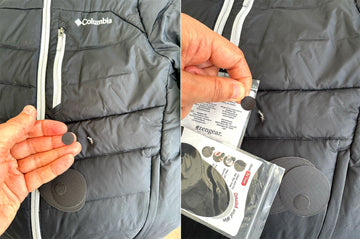These days, compression socks are anything but an uncommon sight. All over the world, millions of people of all ages have come to rely on compression socks – often referred to as compression stockings – for a wide variety of purposes. On any average day, you might come across countless people wearing compression stocks, without ever even realizing it. Common examples include pilots, flight attendants, pregnant women, nurses, runners and those who are recovering from surgical procedures or certain illnesses. The long and short of it being that anyone who is considered to be at an elevated risk of developing blood clots in their legs may choose (or be recommended by their doctors) to use compression socks for a given period of time.
But given the fact that they are used for so many different reasons and exist in hundreds of different shapes, sizes and specifications it is hardly surprising that the subject as a whole is one of much confusion. Even if you know what compression socks are and have a rough idea as to what they are used for, this might not make it any easier to know which ones to choose, how to wear them or for how long. Right now, compression socks all over the world sell from anything from under $10 per pair to well over $100. Most are capable of providing the required benefits, though some excel enormously in terms of things like comfort, lifespan and so on.
In order to gain a better understanding of what exactly compression socks are for and how they can be advantageous, it’s necessary to address a few questions. What do compression socks do that is any different from standard socks and stockings? What are the associated risks of wearing compression socks and who should avoid them? And of course, what do all those confusing pressure-ratings actually mean to the average everyday customer?
On this blog, we’ll be looking to address these and most other important questions, helping you gain a better understanding of pressure socks.





